Shabbat Gathering: My new seder plate.

Gud Shabbos Khaveyrim, as is our custom, we will gather tonight at 5.45p ct to welcome Shabbat. These are the coordinates:
Zoom
Meeting ID: 883 8469 4181
Password: 822665
Phone: +1 312 626 6799
(To unsubscribe from the newsletter, click the link at the very bottom of this email.)
Here we go.
So I indulged.
But hear me out. Don’t I deserve a proper seder plate?
A blog I spend too much time reading, Kveller, ran a rave post about a new seder plate from Anthropologie, so, now I’m in possession of a brand new Eden Stoneware Seder Plate. And, friends, it is very nice. I’ll be using it at the synagogue’s community seder.
For me, the central element of the seder is the seder plate and now I have something brand new and beautiful for the seders.
These are the six things that go onto the plate:
- Roasted lamb shankbone (or a roasted beet) to remind us of the sacrifice we made in the Temple in gratitude for being freed from Pharoah. I've also commonly heard that it's a symbol of the lamb's blood we put on our door posts that protected us from the angel of death.
- Roasted egg is a symbol of morning, in this case, for our slavery to Pharoah. The round shape also reminds us of the cycle of life.
- Bitter herbs (horseradish) reminds us of the bitterness of being enslaved.
- Another bitter herb (typically romaine[?]) because being enslaved was really, really bitter.
- Charoset (sweet fruit paste) reminds us of the mortar we used to build the monuments for the Egyptians.
- Karpas (parsley) represents how the Hebrews flourished when we first arrived in Egypt.
And that fills up the seder plate.

But wait. There’s more.
Judaism has flourished and stayed relevant because it adapts to the times. Once upon a time, priests served in the Temple. Now, no Temple. No priests. The rabbis took over and fundamentally redefined our religion. And things continue to be revised and rewritten. For example, over the last few years, new things have been added to the seder plate. I was familiar with some of these, but learned a lot from looking into this more deeply.
Other items put on seder plates.
- An orange. Most people by now have seen an orange on the seder plate. It symbolizes the importance of the inclusion of women in Judaism.
- Olives for peace between Israel and Palestine.
- Cinnamon sticks to remind us of the importance and inclusion of the LGTBQIA+ community.
- Fair trade chocolate, coffee or cocoa beans remind us of the worldwide problem of child labor.
- A banana reminds us of refugee children.
- Cashews honor our troops overseas.
- Potatoes remind us of the perilous journey of Ethiopian Jews to Israel.
- Artichokes stress the importance of interfaith relationships.
- Tomatoes symbolize solidarity with farm workers.
And I’m certain there are many more.
And if you don’t find something that represents your point of view, then make something up. This is completely in keeping with our obligation to constantly examine our faith and make changes to make it relevant to our times.
I sincerely hope you’re planning for a meaningful and joyous Passover.
And may it be for all of us a blessing.
See you tonight!
Mit vareme grusn,
(With warm regards,)
All my love,
brian.
PS

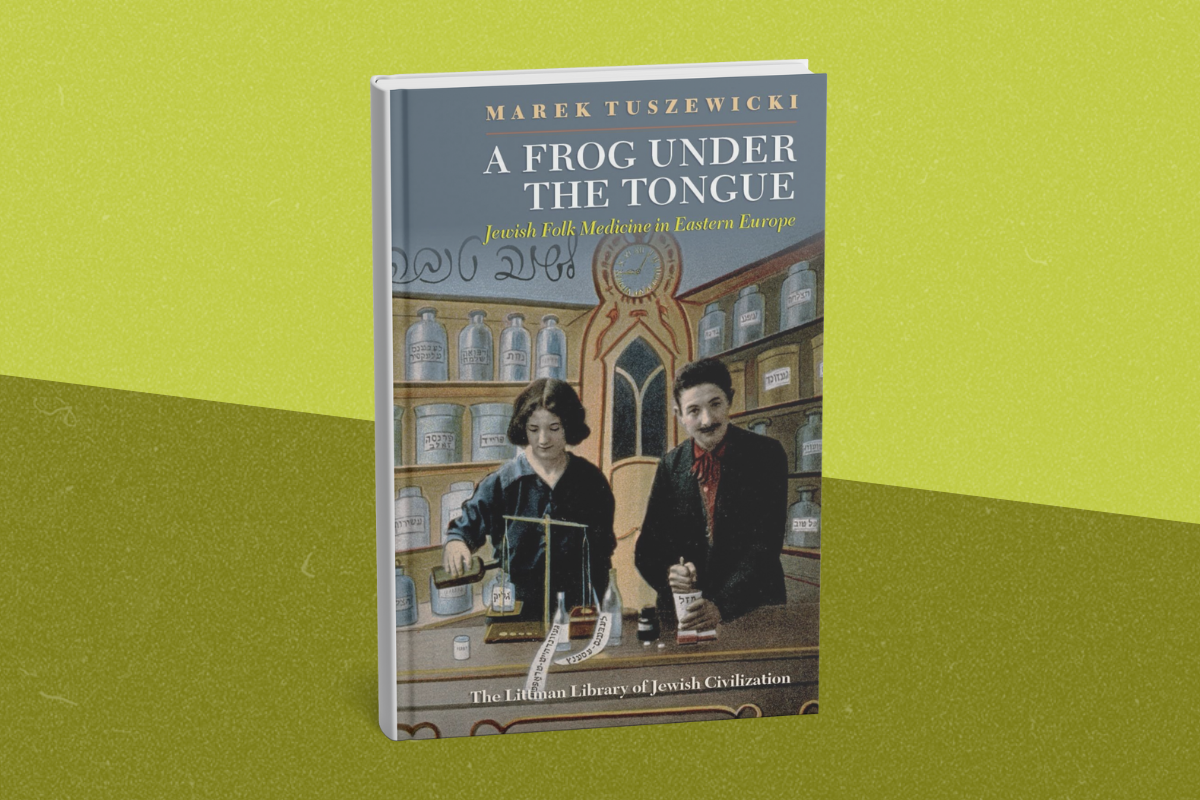
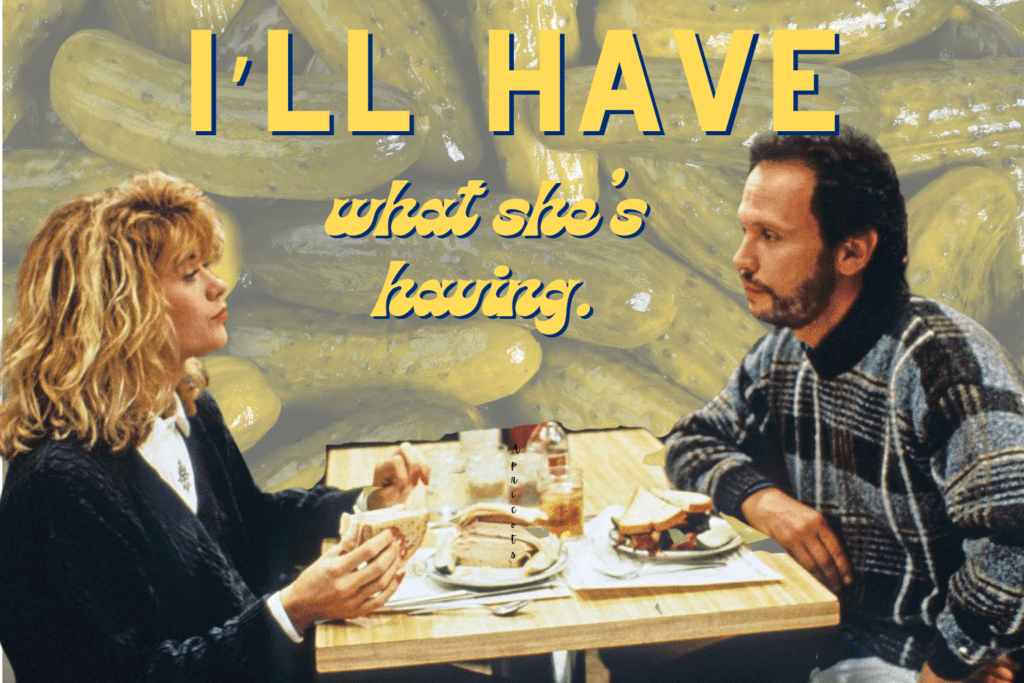

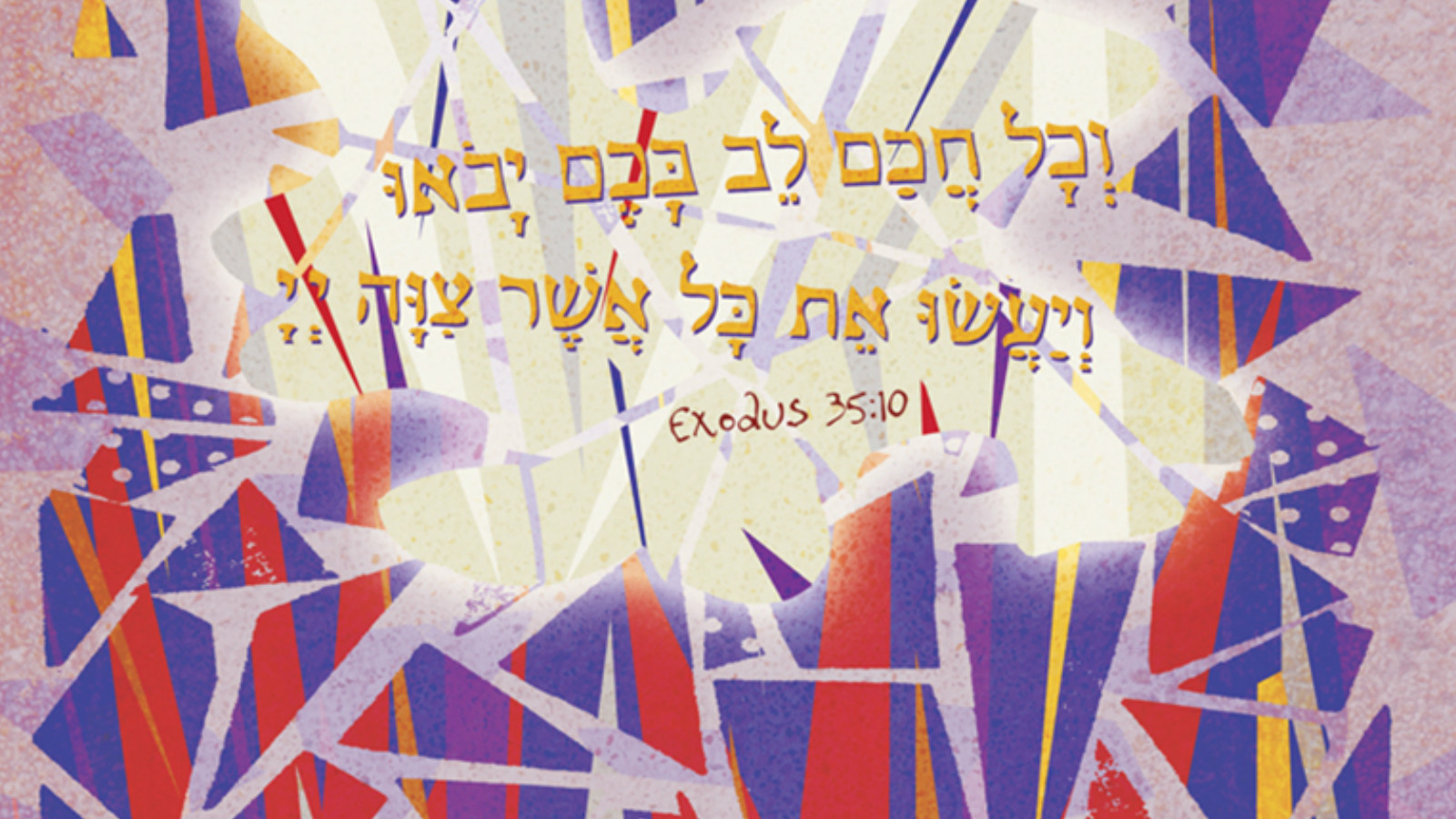

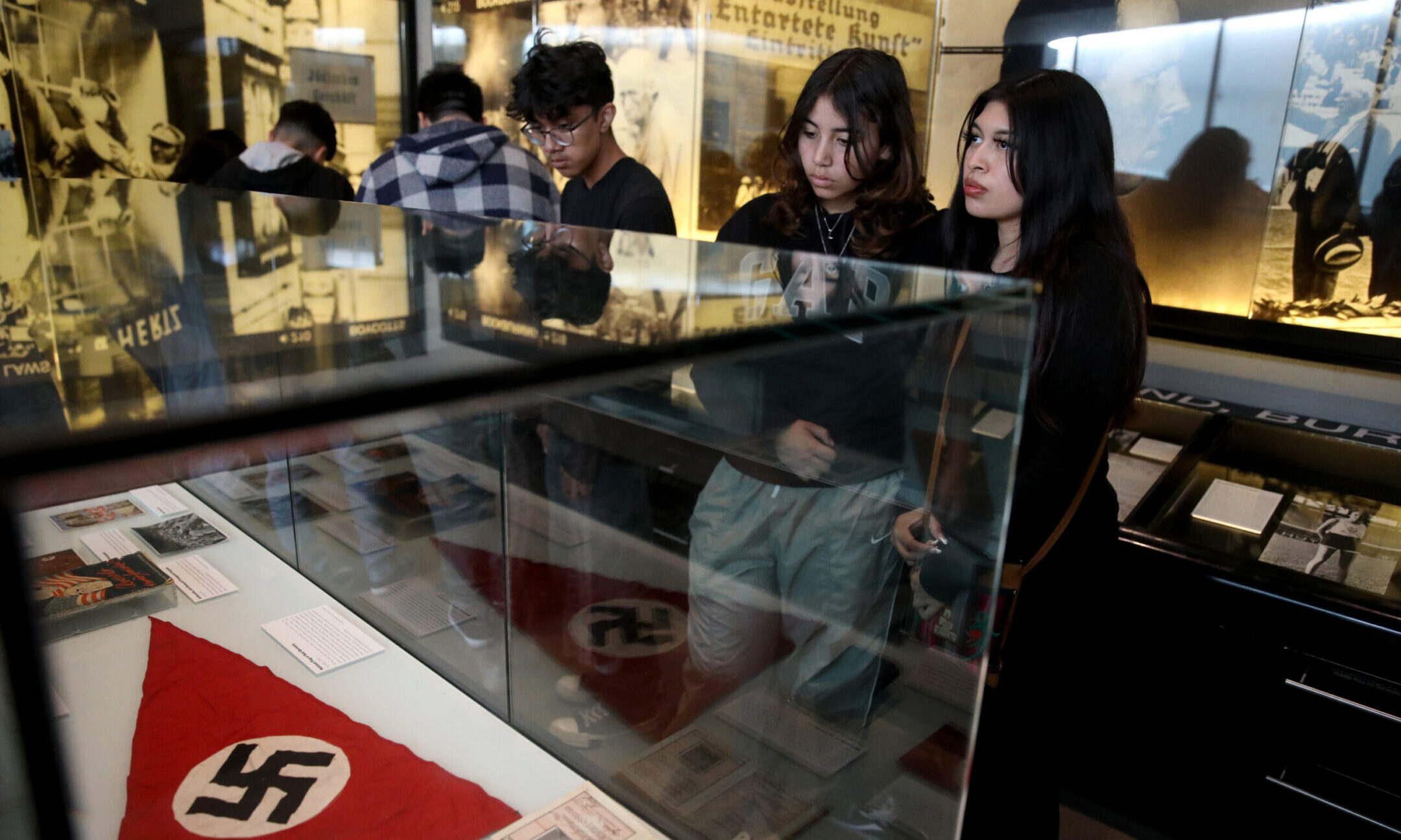
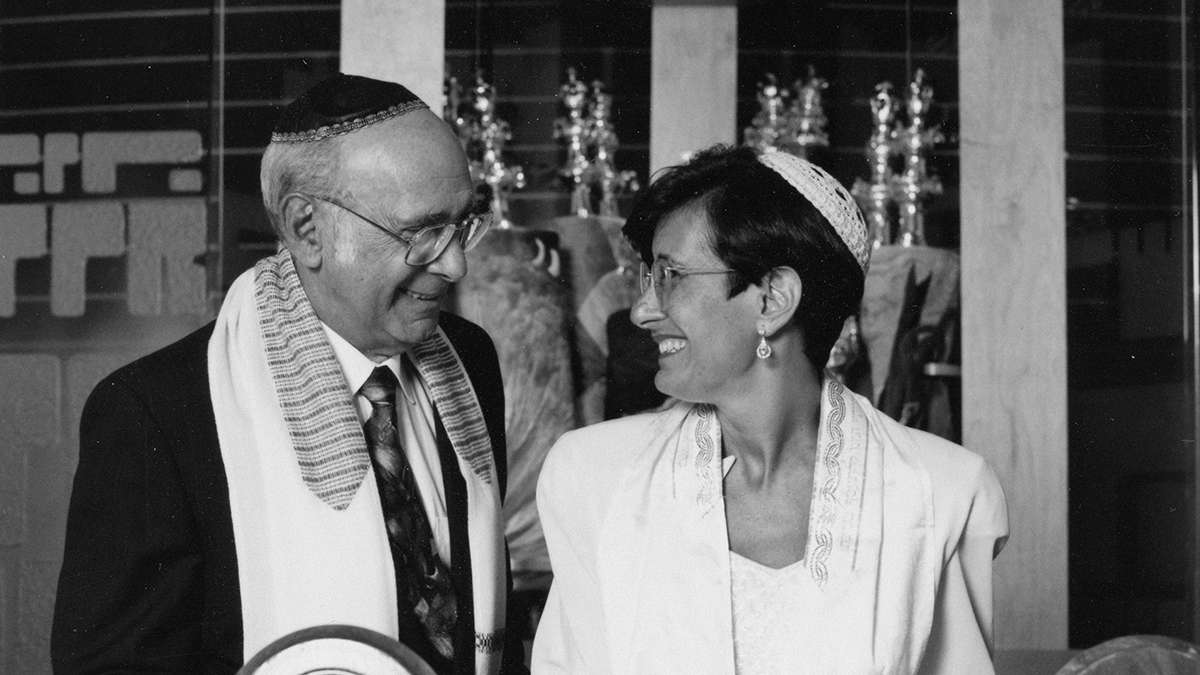
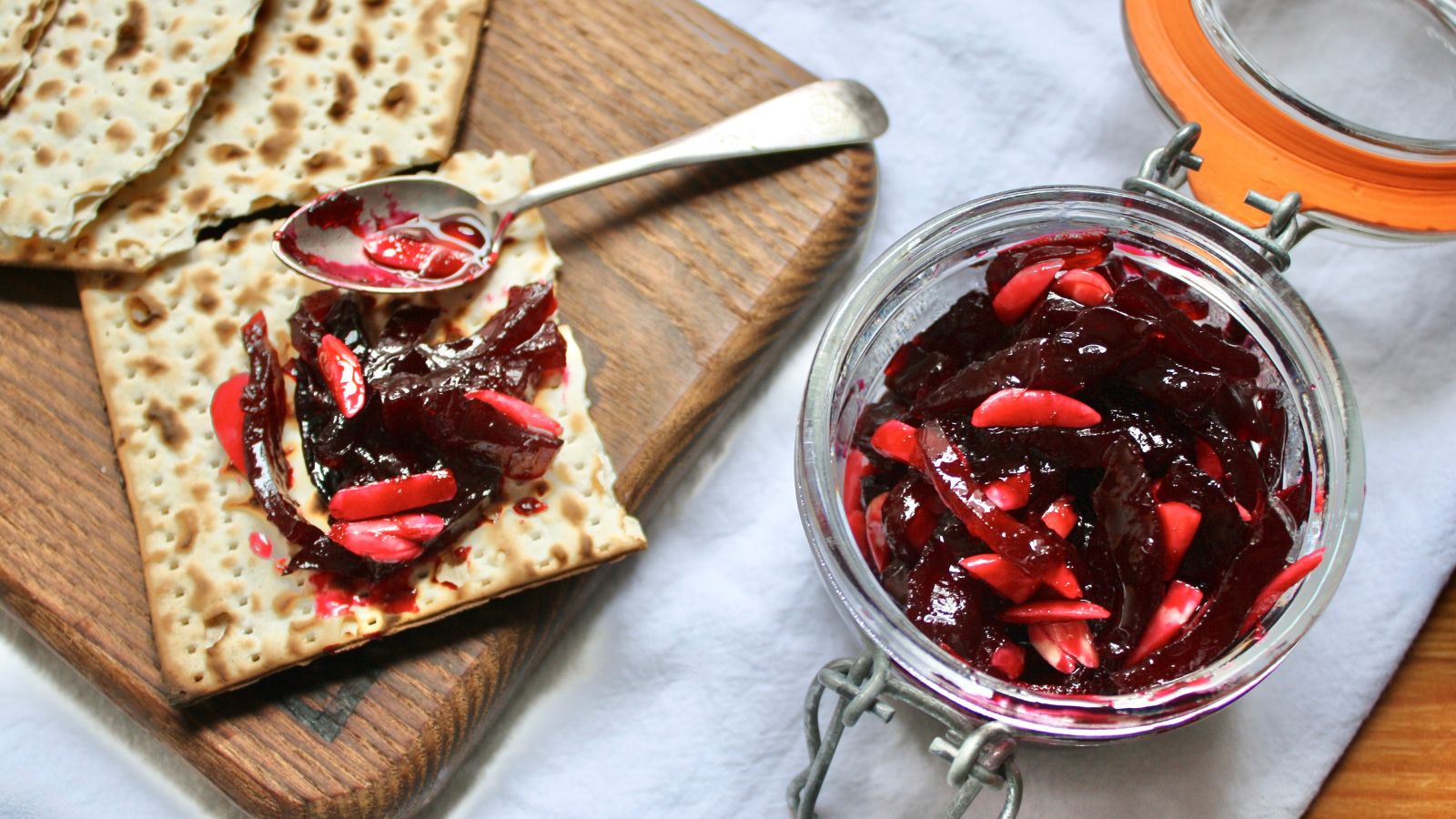
-30-








